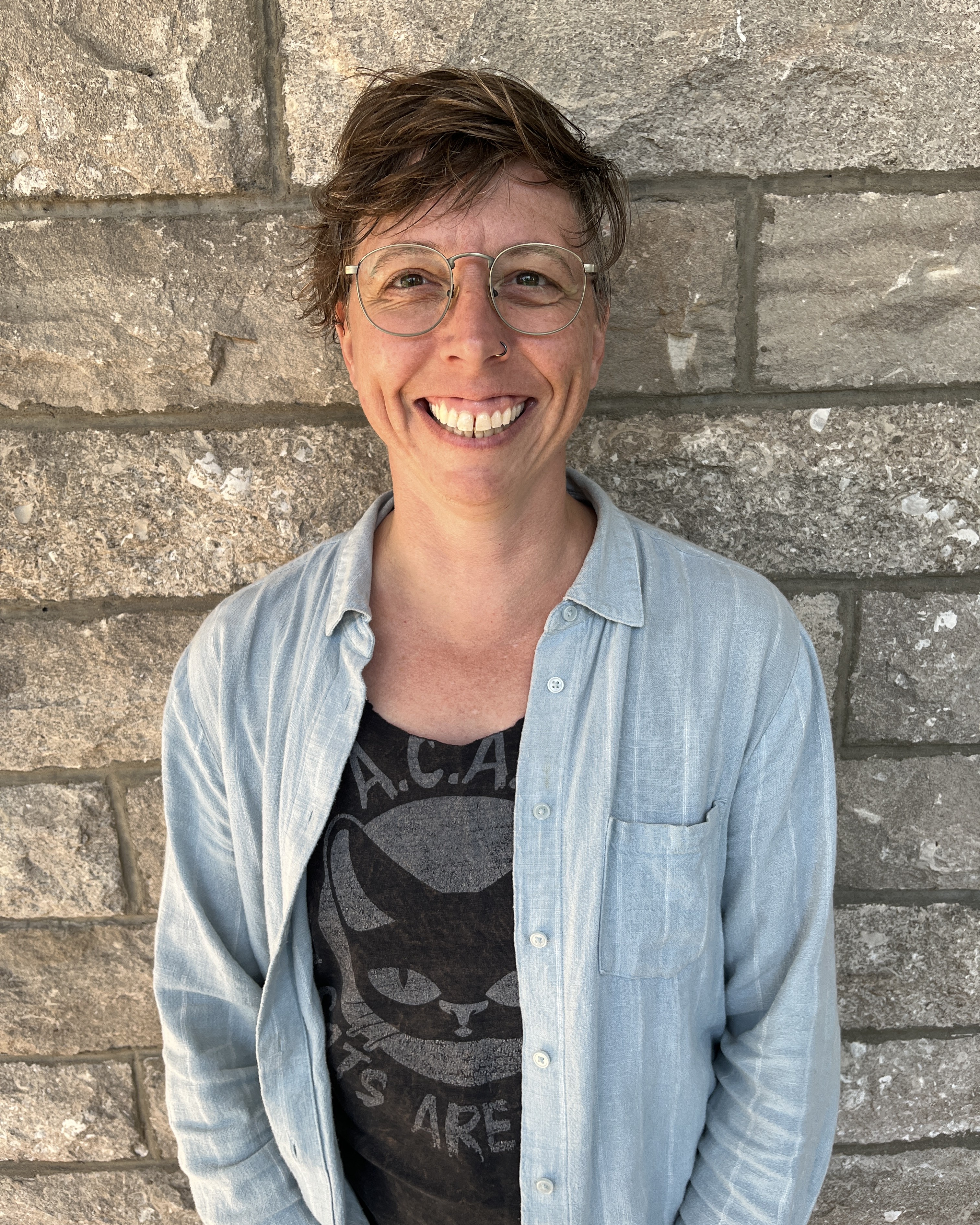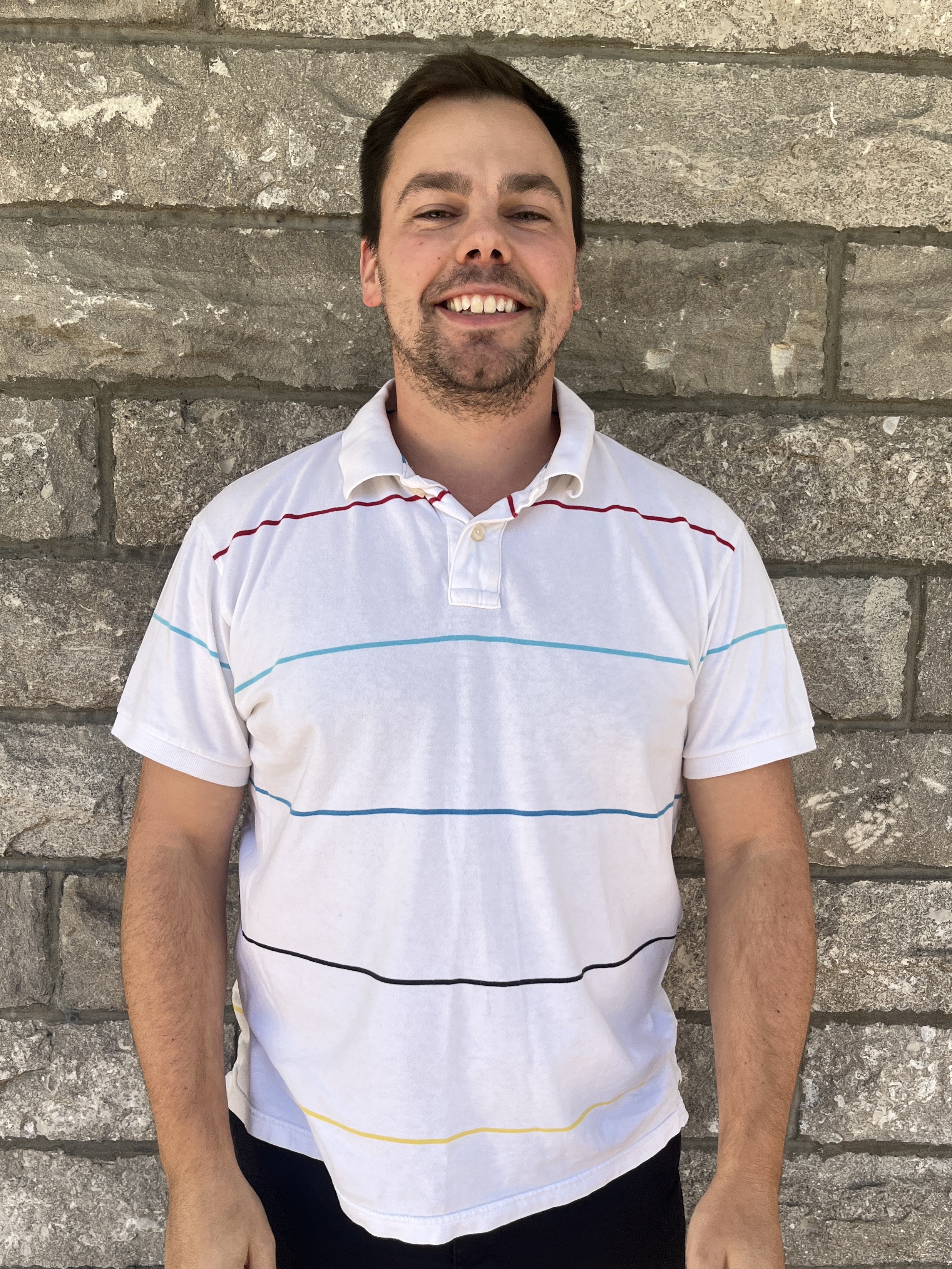
General manager

Development and Mobilization Officer

Liaison and Communications Officer

Community Development Officer

Project manager
Réseau de développement social de Brome-Missisquoi (RDSBM)

Vice-president

Centre d’aide et de lutte contre les agressions à caractère sexuel des Rivières (CALACS des Rivières)

Secretary
Centre d’action bénévole de Bedford et environs inc.

Treasury
Espace vivant Living Room

Administrator
Centre Femmes des Cantons

Administrator
Entrée chez soi Brome-Missisquoi
Mobilization: Encourage member participation in decision-making processes.La mobilisation : favoriser la participation des membres aux processus de décisions.
Solidarity: Commit and act collectively in the interests of the whole, with a view to cohesion and collaborative action.
Equity: demonstrate openness, consideration, and respect for differences in opinions, values, and ways of doing things.
Self-determination: support the autonomy of organizations with partners and collaborators, as well as among members.

The territory covered by the Brome-Missisquoi CDC falls within the same administrative boundaries as the Brome-Missisquoi RCM.
Covering an area of 1,650 km2 and home to a population of 66,000 people living in urban, suburban, and rural areas, Brome-Missisquoi is a bilingual region with its own challenges and opportunities in terms of community action and social development.